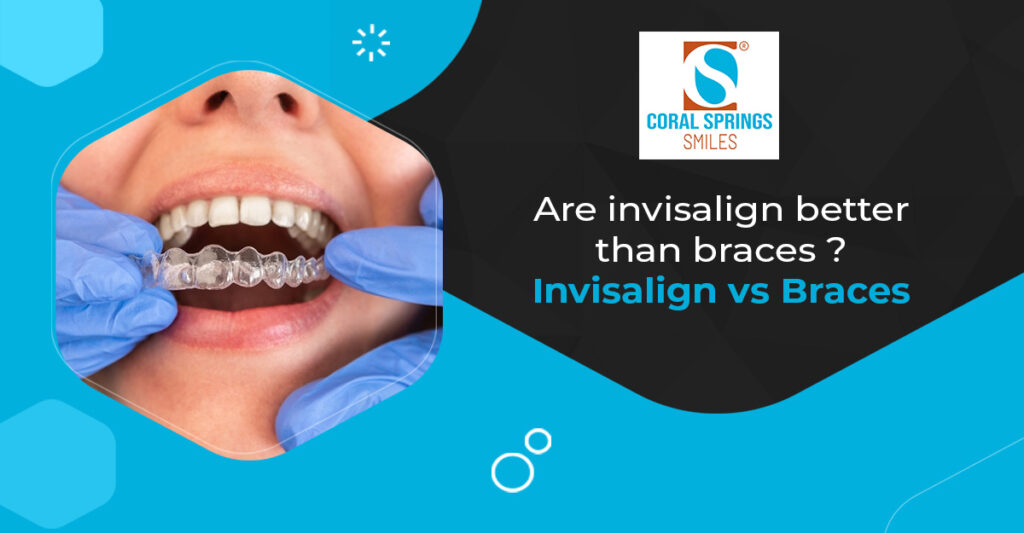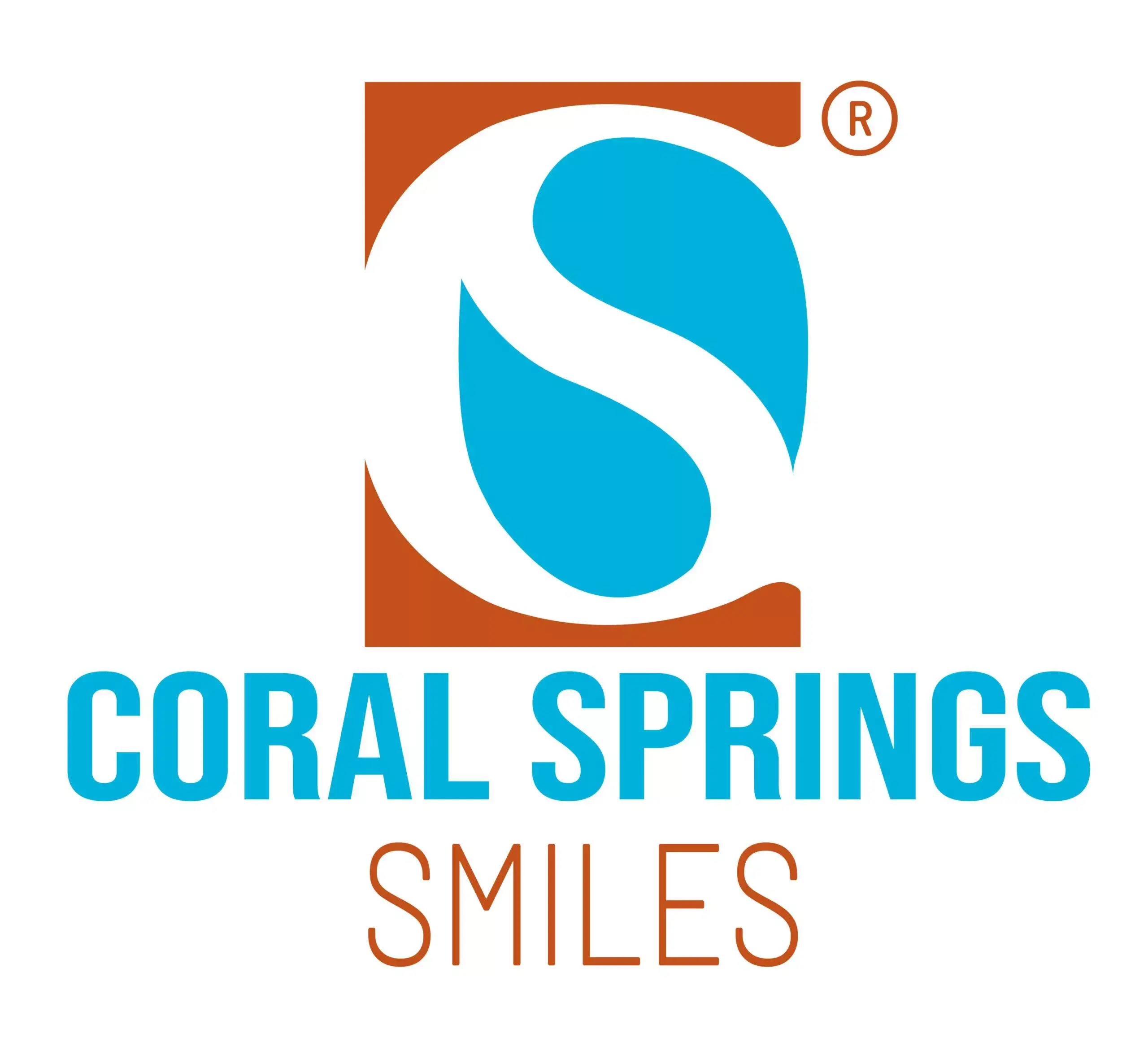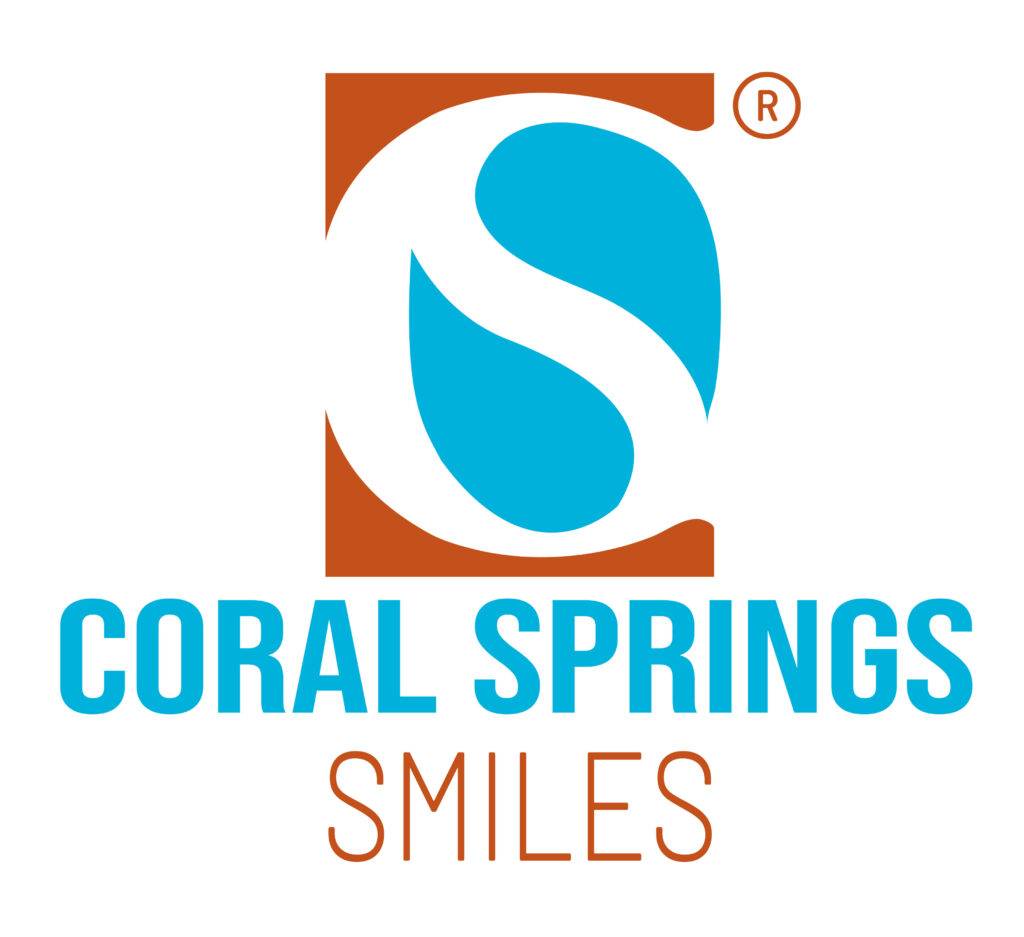
When it comes to orthodontic treatment, the debate between Invisalign and traditional braces is a common one. Both methods aim to straighten teeth and improve dental health, but they come with different pros and cons that may influence your decision.
In this blog post, we’ll explore the differences between Invisalign and braces to help you determine which option might be better suited for your needs.
Understanding Invisalign
Invisalign is a modern approach to straightening teeth using a series of custom-made, clear aligners. These aligners are virtually invisible and are made of a smooth, comfortable plastic that you wear over your teeth. They are designed to gradually shift your teeth into place based on the exact movements your dentist or orthodontist plans out for you.
Pros of Invisalign
- Aesthetics: The clear aligners are nearly invisible, making them a discreet option for adults and teens.
- Comfort: Invisalign aligners are made of smooth plastic and are generally considered more comfortable than traditional braces.
- Convenience: They are removable, allowing for easier eating, brushing, and flossing.
- Fewer Office Visits: Invisalign often requires fewer check-ups and adjustments than braces.
Cons of Invisalign
- Discipline Required: For effective treatment, aligners must be worn 22 hours a day and can only be removed for eating, drinking, brushing, and flossing.
- Cost: Invisalign can be more expensive than traditional braces.
- Less Effective for Complex Issues: Invisalign may not be suitable for severe orthodontic cases.
Understanding Braces
Traditional braces consist of metal brackets attached to the teeth, connected by wires and tiny rubber bands. Nowadays, you can get brackets that closely match your enamel color, making them more discrete, or you can get them in color to make a fashion statement with your mouth.
Pros of Braces
- Effectiveness: Braces are highly effective for correcting complex dental issues and can achieve more precise tooth alignment.
- Cost: Generally, braces are less expensive than Invisalign.
- Low- Maintenance: Since they are not removable, there’s no need to worry about wearing them for a certain number of hours per day.
Cons of Braces
- Aesthetics: Braces are more visible than Invisalign aligners.
- Discomfort: Brackets and wires can cause irritation to the mouth.
- Dietary Restrictions: Certain foods must be avoided to prevent damaging the braces.
Comparing Invisalign and Braces
When deciding between Invisalign and braces, consider the following factors:
- Severity of Dental Issues: Invisalign is typically recommended for mild to moderate alignment issues, while braces are better suited for more complex cases.
- Lifestyle Considerations: If the appearance of braces is a concern, or if you prefer the convenience of being able to remove your orthodontic device, Invisalign might be the better choice.
- Budget: Braces are often more affordable than Invisalign, and insurance coverage may differ between the two options.
- Treatment Duration: Treatment time can vary depending on the complexity of the case. Invisalign treatment is often quicker for minor issues, but braces may be faster at closing gaps and aligning teeth in more complex cases.
Making the Right Choice
Ultimately, the decision between Invisalign and braces should be made in consultation with your orthodontist. They can assess your specific dental needs and recommend the most effective treatment plan. Both Invisalign and braces have their unique advantages, and the right choice will depend on your individual situation and preferences.
Remember that regardless of the method you choose, the end goal is a healthier, straighter smile that boosts your confidence and oral health. With advancements in orthodontic technology, achieving that perfect smile is more accessible than ever before.



